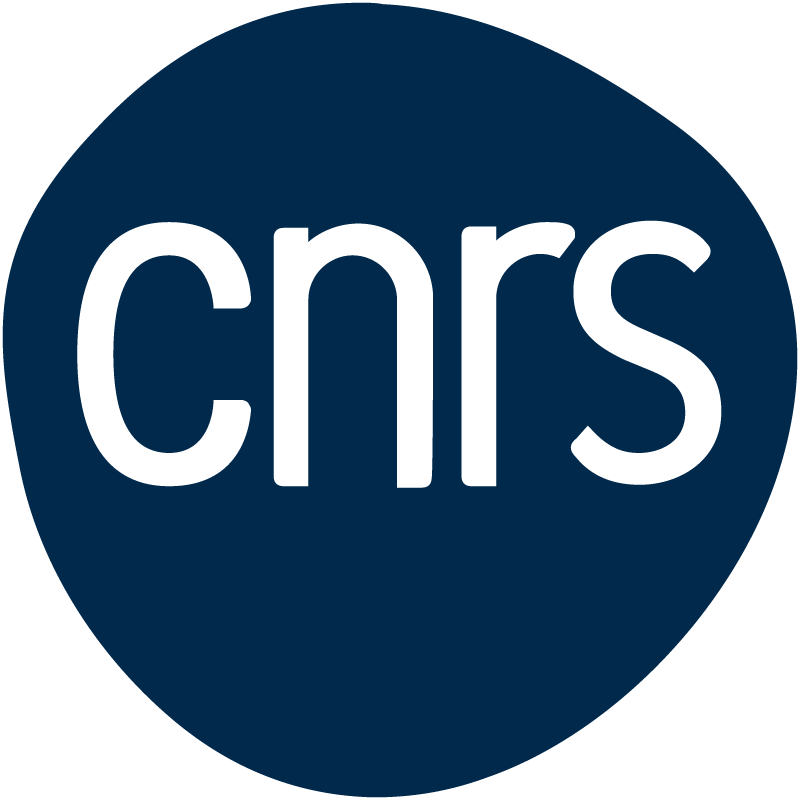Voir aussi
Une des applications importantes du gravimètre absolu est de permettre d'étalonner le gravimètre cryogénique qui, comme tout gravimètre relatif, ne fournit qu'une tension analogique proportionnelle à la variation de gravité. Pour cela, il suffit d'analyser des séries temporelles obtenues en simultané avec les deux instruments qui subissent tous deux les effets des marées terrestres.
Exemple d'étalonnage du SG
Stabilité temporelle du facteur d'étalonnage
Quelques publications sur le sujet
- Amalvict, M., Hinderer, J., Boy, J.-P. and Gegout, P., 2001. A three year comparison between a superconducting gravimeter (GWR C026) and an absolute gravimeter (FG5#206) in Strasbourg (France), J. Geod. Soc. Japan, 47, 334-340.
- Amalvict M., Hinderer J., Gegout P., Rosat S. and Crossley D., 2002. On the use of AG data to calibrate SG instruments in the GGP network: Example of Strasbourg - J9, Bull. d'Inf. Marees Terr. 135, 10621-10626.
- Hinderer, J., Florsch, N., Mäkinen, J., Legros, H. and Faller, J.E., 1991. On the calibration of a superconducting gravimeter using absolute gravity measurements, Geophys. J. Int., 106, 491-497.
- Hinderer, J., Boy, J.-P., and Legros, H., 1998. A 3000 day registration of the superconducting gravimeter GWR T005 in Strasbourg (France), Proceedings of the 13th International Symposium on Earth Tides, eds B. Ducarme and P. Pâquet, Bruxelles, 439-446.
- Rosat, S., Boy, J.-P., Ferhat, G., Hinderer, J., Amalvict, M., Gegout, P. and B. Luck, 2009. Analysis of a ten-year (1997-2007) record of time-varying gravity in Strasbourg using absolute and superconducting gravimeters: new results on the calibration and comparison with GPS height changes and hydrology, J. of Geodyn., 48, 360-365.


![<em>Stabilité du facteur de calibration déduit de plusieurs expériences entre mars 1997 et mai 2008 [d'après Rosat et al. 2009].</em> Stabilité du facteur de calibration déduit de plusieurs expériences entre mars 1997 et mai 2008 [d'après Rosat et al. 2009].](/websites/_processed_/3/3/csm_CalibFact9709_710ed7c0c9.jpg)